Home>Garden Essentials>How To Power Broom Synthetic Grass
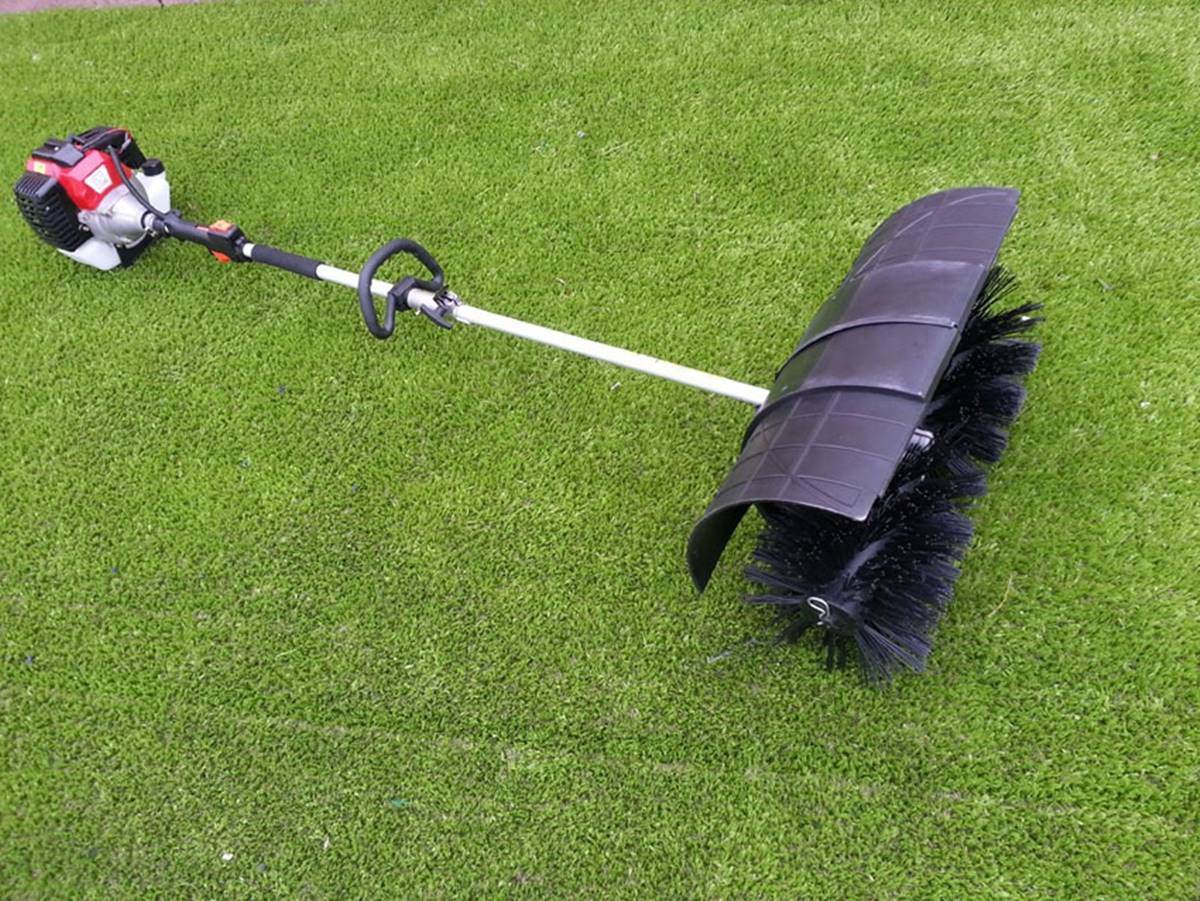

Garden Essentials
How To Power Broom Synthetic Grass
Modified: March 7, 2024
Learn how to effectively power broom your synthetic grass in your garden. Enhance durability and longevity with our step-by-step guide.
(Many of the links in this article redirect to a specific reviewed product. Your purchase of these products through affiliate links helps to generate commission for Storables.com, at no extra cost. Learn more)
Introduction
Creating a lush, green, and vibrant garden is a dream for many homeowners. However, maintaining a natural lawn can be a time-consuming and resource-intensive task. That’s where synthetic grass comes to the rescue. Synthetic grass offers the perfect solution for those seeking a low-maintenance and durable alternative to traditional grass. To keep your synthetic grass in optimum condition, one important task is power brooming.
Power brooming is a technique that helps to rejuvenate and enhance the appearance of synthetic grass. It involves using a specialized machine, commonly known as a power broom, to brush and fluff up the synthetic fibers, ensuring they stand upright. This simple yet effective process restores the natural look and feel of the grass and helps to distribute infill materials evenly.
In this article, we will explore the benefits of power brooming synthetic grass and provide you with a step-by-step guide on how to do it. So, whether you are a homeowner looking to spruce up your backyard or a landscaping professional seeking to provide the best care for your clients’ synthetic lawns, this article is for you.
Key Takeaways:
- Power brooming synthetic grass enhances its appearance, improves drainage, reduces weed growth, and prolongs its lifespan, making it a crucial maintenance task for a beautiful and long-lasting lawn.
- To power broom synthetic grass effectively, use a specialized power broom, prepare the surface by cleaning and fluffing matted areas, and follow a systematic approach, including regular aftercare and maintenance practices for optimal results.
Read more: How To Cut Synthetic Grass
Understanding Synthetic Grass
Synthetic grass, also known as artificial turf or fake grass, is a manufactured material designed to mimic the look and feel of natural grass. It is made from a combination of synthetic fibers, typically polyethylene or polypropylene, which are tufted or woven into a backing material. The result is a durable and resilient surface that resembles the appearance of a well-maintained lawn.
Synthetic grass has come a long way in terms of technology and design. The advancements in manufacturing techniques have led to more realistic-looking grass blades, with varying shades of green and even brown thatch to mimic natural grass. The texture of the fibers has also improved, providing a softer and more comfortable feel underfoot.
One of the major advantages of synthetic grass is its low-maintenance nature. Unlike natural grass, which requires regular mowing, watering, and fertilizing, synthetic grass is virtually maintenance-free. It doesn’t need to be mowed, saving you time and effort. Additionally, it doesn’t require watering, reducing water consumption and utility costs. With synthetic grass, you can enjoy a green and pristine lawn year-round, regardless of the weather conditions.
Synthetic grass is also highly durable and resistant to wear and tear. It can withstand heavy foot traffic and is resilient to changes in climate, making it an ideal choice for high-traffic areas or regions with extreme weather conditions. Additionally, synthetic grass does not attract insects or pests, eliminating the need for harmful pesticides. It is also hypoallergenic, making it a great option for those with allergies or sensitivities to natural grass.
Furthermore, synthetic grass is environmentally friendly. The reduced need for water and chemicals means lower environmental impact. It also eliminates the use of gasoline-powered lawn mowers, reducing air pollution. Synthetic grass is also a sustainable option as it is made from recyclable materials. At the end of its lifespan, it can be recycled and repurposed for other applications.
Now that you have a better understanding of synthetic grass and its advantages, let’s delve into the benefits of power brooming and how it can help you maintain the perfect synthetic lawn.
Benefits of Power Brooming Synthetic Grass
Power brooming is a crucial maintenance task for synthetic grass that offers several benefits to homeowners and landscaping professionals alike. Let’s explore why power brooming is essential for maintaining the perfect synthetic lawn.
- Enhances Aesthetic Appeal: Over time, synthetic grass may become flattened or compressed due to foot traffic or exposure to the elements. Power brooming helps to revitalize the grass by lifting and fluffing up the fibers, restoring its natural, upright appearance. This process gives your synthetic lawn a fresh and groomed look.
- Improves Drainage: Power brooming helps to optimize the drainage capabilities of your synthetic grass. By brushing the fibers, the infill materials are evenly distributed, preventing them from compacting and allowing water to flow through the turf efficiently. Proper drainage is essential to prevent water pooling and maintain a healthy and long-lasting synthetic lawn.
- Reduces Weed Growth: Power brooming helps to minimize weed growth on your synthetic lawn. By keeping the grass fibers upright and evenly distributing infill materials, there are fewer gaps for weeds to take root. Regular power brooming can help prevent weeds from penetrating the turf and keep your lawn weed-free.
- Improves Durability: Synthetic grass is designed to be durable, but regular use can cause the fibers to flatten and lose their resilience. Power brooming helps to restore the natural resilience of the synthetic grass by lifting and separating the fibers. This process ensures that your lawn can withstand heavy foot traffic and maintain its original quality for longer.
- Prolongs Lifespan: By incorporating power brooming into your synthetic grass maintenance routine, you can significantly extend its lifespan. The fluffing and grooming action of the power broom help to reduce compaction and matting, which can cause premature wear and tear. With proper power brooming, your synthetic lawn can retain its attractiveness and functionality for years to come.
Now that you understand the numerous benefits of power brooming, let’s move on to the tools and equipment you’ll need to effectively carry out this maintenance task.
Tools and Equipment Needed
Power brooming synthetic grass requires a few specific tools and equipment to ensure a thorough and effective process. Here are the essential items you’ll need:
- Power Broom: The most important tool for power brooming is, of course, the power broom itself. Make sure to choose a power broom specifically designed for synthetic grass. These brooms have soft bristles that won’t damage or tear the fibers. Look for a power broom with adjustable settings to control the intensity of the brushing action.
- Protective Gear: It’s essential to prioritize safety during the power brooming process. Wear protective gear such as gloves, safety glasses, and closed-toe shoes to protect yourself from any debris or flying particles.
- Leaf Blower or Garden Hose: Before power brooming, it’s a good idea to remove any loose debris, leaves, or dirt from the synthetic grass. You can use a leaf blower or a garden hose with a spray nozzle attachment to gently clean the surface.
- Infill Material: Power brooming redistributes the infill material, helping to maintain its even distribution and prevent compaction. Depending on the type of synthetic grass you have, you may need infill materials such as silica sand or rubber granules.
- Rake or Broom: You may need a rake or broom to fluff up any heavily matted areas before power brooming. This will help loosen the fibers and ensure a more effective brushing process.
With the necessary tools and equipment ready, you’re now prepared to begin power brooming your synthetic grass. In the next section, we will provide you with a step-by-step guide to help you carry out this maintenance task effectively.
Preparing the Synthetic Grass
Before you begin power brooming your synthetic grass, it’s important to prepare the surface to ensure optimal results. Follow these steps to properly prepare your synthetic lawn:
- Clean the Surface: Start by removing any debris, leaves, or loose dirt from the synthetic grass. You can use a leaf blower or a garden hose with a spray nozzle attachment to gently clean the surface. This step helps to clear away any obstacles and ensures a more effective power brooming process.
- Inspect for Damage: Take the time to inspect your synthetic grass for any signs of damage or wear. Look for tears, rips, or loose seams and repair them if necessary. It’s important to address any damage before power brooming to prevent further issues.
- Fluff Matted Areas: If you notice any heavily matted areas on your synthetic lawn, use a rake or broom to gently fluff up the fibers. This step will help loosen any compacted areas and allow the power broom to work more effectively.
- Treat Stains or Spills: If you have any stubborn stains or spills on your synthetic grass, treat them before power brooming. Follow the manufacturer’s instructions or use a mild detergent mixed with water to gently clean the affected area. Avoid using harsh chemicals or abrasive cleaning agents, as they can damage the fibers.
- Ensure Dry Surface: It’s important to power broom your synthetic grass when it is dry. This allows the bristles of the power broom to effectively lift and separate the fibers. If there are any wet spots on your lawn, wait until they are completely dry before proceeding with the power brooming process.
By thoroughly preparing the synthetic grass, you create an optimal foundation for the power brooming process. Now that your synthetic lawn is ready, let’s move on to the step-by-step guide for power brooming.
Use a power broom with synthetic grass bristles to gently sweep the grass in different directions. This will help to stand the blades up and evenly distribute infill material for a more natural look.
Read more: How To Clean Synthetic Decking
Step-by-Step Guide to Power Brooming Synthetic Grass
Power brooming is a simple yet effective process that helps to rejuvenate and maintain the appearance of synthetic grass. Follow these step-by-step instructions to power broom your synthetic lawn:
- Set Up the Power Broom: Start by assembling and setting up the power broom according to the manufacturer’s instructions. Ensure that the bristles are appropriately adjusted to the desired height.
- Begin in a Corner: Start power brooming from a corner of your synthetic lawn. This allows you to work systematically and ensures that you cover the entire area.
- Move in Straight Lines: Push the power broom forward in a straight line, using even pressure. Avoid making quick or jerky movements, as this may cause uneven brushing or potential damage to the synthetic grass.
- Overlap Each Pass: As you move forward, slightly overlap each previous pass with the next one. This ensures that you cover the entire area and prevents any missed spots.
- Vary the Bristle Direction: Occasionally, change the direction of the power broom bristles (front to back or side to side) to ensure thorough brushing and prevent matting in a single direction.
- Brush Against the Grain: Most synthetic grass fibers have a natural grain or direction. After making several passes in the normal direction, make additional passes brushing against the grain. This helps to lift and fluff up the fibers for a more natural appearance.
- Pay Attention to High-Traffic Areas: Give extra attention to high-traffic areas, such as walkways or play areas, as these spots may require more frequent and thorough power brooming.
- Cover the Entire Lawn: Continue power brooming, systematically covering the entire synthetic lawn. Take your time to ensure that no area is left untouched.
- Inspect and Touch Up: Once you have completed power brooming, take a close look at your synthetic grass. Pay attention to any areas that may still appear uneven or flat. Use the power broom to touch up those spots until you achieve an even and groomed look.
Following these step-by-step instructions will help you effectively power broom your synthetic grass, restoring its natural appearance and maintaining its integrity. However, there are some tips that can further enhance the power brooming process, which we will discuss in the next section.
Tips for Effective Power Brooming
To achieve the best results when power brooming your synthetic grass, consider the following tips:
- Maintain a steady pace: Keep a consistent and steady pace while power brooming. Avoid rushing or going too slow, as it can result in uneven brushing or missed areas.
- Brush from different angles: Vary the angle of the power broom as you make passes. This helps to ensure that the fibers are brushed from different directions, promoting uniformity and preventing matting.
- Regularly clean the power broom: Remove any accumulated debris or clumps of infill material from the power broom bristles during the process. This ensures that the bristles can effectively lift and separate the fibers.
- Focus on high-traffic areas: Give extra attention to areas that experience heavy foot traffic, such as pathways or play areas. These areas tend to get more compressed, so dedicate more time and effort to thoroughly power broom them.
- Perform power brooming in optimal weather conditions: Ideally, power broom your synthetic grass on a dry day with minimal wind. A dry surface allows the bristles to interact effectively with the fibers, while low wind minimizes any disturbances caused by blowing debris.
- Regularly schedule power brooming: Incorporate power brooming into your regular maintenance routine for synthetic grass. Depending on the level of use and foot traffic, power brooming every 4-6 weeks is generally recommended.
- Observe the condition of your synthetic grass: Pay attention to any areas that may require additional care. If you notice certain spots that remain flat or matted, spend more time power brooming those areas to restore their appearance.
- Consider hiring professionals: If you’re unsure about power brooming or have a large area to maintain, consider hiring professional landscapers or synthetic grass maintenance experts. They have the expertise and specialized equipment to ensure effective power brooming and optimal results.
By following these tips, you can enhance the effectiveness of power brooming and keep your synthetic grass looking its best. After power brooming, it’s important to understand the common mistakes to avoid to maintain the longevity and quality of your synthetic lawn, which we will discuss in the next section.
Common Mistakes to Avoid
While power brooming is a relatively simple task, there are a few common mistakes that you should avoid to ensure the best results for your synthetic grass. Here are some key mistakes to watch out for:
- Using the wrong power broom: Make sure to use a power broom specifically designed for synthetic grass. Using a regular broom or a power broom with stiff bristles can cause damage to the fibers or pull them out.
- Applying too much pressure: Applying excessive pressure while power brooming can cause the fibers to bend or break. Use a gentle, even pressure to avoid damaging the synthetic grass.
- Power brooming on wet grass: It’s important to power broom your synthetic grass when it is dry. Power brooming on wet grass can lead to clumping of the infill materials and may create an uneven appearance.
- Skipping the preparation steps: Preparing your synthetic grass before power brooming is essential for optimal results. Skipping steps like cleaning the surface or fluffing matted areas can compromise the effectiveness of the power brooming process.
- Overlooking high-traffic areas: Neglecting to give extra attention to areas that experience heavy foot traffic can result in uneven wear and a less appealing appearance. Make sure to thoroughly power broom these areas to maintain their integrity.
- Power brooming too infrequently: Regular power brooming is crucial to keep your synthetic grass looking its best. Neglecting to power broom on a regular basis can lead to matting, compaction, and a worn-out appearance.
- Brushing against the grain consistently: While it’s important to brush against the grain occasionally to lift and fluff the fibers, consistently power brooming against the grain can cause the fibers to lean in the opposite direction and result in an unnatural appearance over time.
- Forgetting to inspect and touch up: After power brooming, take the time to inspect your synthetic grass and touch up any areas that still appear flat or matted. This ensures a more even and groomed look.
By avoiding these common mistakes, you can ensure a successful power brooming process and maintain the longevity and appearance of your synthetic grass. Now, let’s move on to the aftercare and maintenance tips to help you keep your synthetic lawn in top condition.
Aftercare and Maintenance
Proper aftercare and maintenance are essential to keep your synthetic grass looking its best and extend its lifespan. Here are some key tips to follow:
- Regularly remove debris: Regularly remove any debris, leaves, or twigs from the surface of your synthetic grass. This can be done by using a leaf blower or a plastic rake with soft bristles.
- Spot clean as needed: Quickly address any spills, stains, or pet waste on your synthetic grass. Use a mild detergent mixed with water and blot the affected area gently. Avoid using harsh chemicals or abrasive cleaning agents.
- Routine brushing: In addition to power brooming every 4-6 weeks, routine brushing with a regular broom or brush can help to keep the fibers upright and maintain a natural appearance.
- Keep heavy objects off the grass: Avoid placing heavy furniture or objects on your synthetic lawn for extended periods. This can cause the fibers to flatten, resulting in an uneven appearance.
- Prevent heat damage: Synthetic grass can become hot under direct sunlight. To prevent heat damage, avoid placing hot objects or conducting open flames directly on the grass surface.
- Control weed growth: While synthetic grass is highly resistant to weeds, it’s important to regularly inspect and remove any weeds that may grow along the edges or through seams. Use a weed trimmer or pull them out by hand.
- Apply infill materials if needed: Over time, the infill materials in your synthetic grass may settle or deplete. If you notice areas with low infill, add the appropriate materials, such as silica sand or rubber granules, to maintain adequate cushioning and support.
- Protect against sharp objects: Be cautious when using sharp objects or tools near your synthetic grass. Avoid dragging or scraping sharp items on the surface, as they can cause tears or damage to the fibers.
- Regular inspections: Periodically inspect your synthetic grass for any signs of damage, wear, or drainage issues. Address any problems promptly to prevent further damage and ensure the longevity of your synthetic lawn.
- Consider professional maintenance: If you prefer to have expert care for your synthetic grass, consider hiring professional landscapers who specialize in synthetic lawns. They can provide routine maintenance and ensure your lawn remains in optimal condition.
By following these aftercare and maintenance tips, you can keep your synthetic grass looking lush, vibrant, and well-maintained for years to come. Now that we’ve covered the essential aftercare practices, let’s conclude our article.
Read more: How To Measure For Synthetic Grass
Conclusion
Synthetic grass offers a low-maintenance and durable alternative to natural grass, providing homeowners and businesses with a beautiful and hassle-free lawn all year round. Power brooming plays a vital role in maintaining the appearance and longevity of synthetic grass, restoring its natural look and ensuring even distribution of infill materials.
By understanding the benefits of power brooming, including enhanced aesthetic appeal, improved drainage, reduced weed growth, improved durability, and prolonged lifespan, you can see the value it brings to your synthetic lawn.
To effectively power broom your synthetic grass, make sure to use a power broom specifically designed for synthetic grass and follow a systematic approach. Begin by properly preparing the surface, cleaning and fluffing up matted areas. Then, use the power broom in straight lines, overlapping each pass, and vary the direction of the bristles to achieve thorough brushing. Pay extra attention to high-traffic areas and regularly inspect and touch up any uneven spots.
While power brooming is essential, it’s equally important to follow proper aftercare and maintenance practices. Regularly remove debris, spot clean as needed, brush the lawn routinely, prevent heat damage, control weed growth, and conduct regular inspections. Considering professional maintenance can also ensure expert care for your synthetic grass.
By avoiding common mistakes and implementing the right aftercare practices, you can maintain the pristine appearance and longevity of your synthetic grass, providing you with a beautiful and hassle-free lawn for years to come.
So, whether you’re a homeowner looking to spruce up your backyard or a landscaping professional seeking to provide the best care for your clients’ synthetic lawns, power brooming is a crucial step in keeping synthetic grass in optimum condition. Embrace the convenience and beauty of synthetic grass and take the necessary steps to power broom and maintain it effectively.
Frequently Asked Questions about How To Power Broom Synthetic Grass
Was this page helpful?
At Storables.com, we guarantee accurate and reliable information. Our content, validated by Expert Board Contributors, is crafted following stringent Editorial Policies. We're committed to providing you with well-researched, expert-backed insights for all your informational needs.
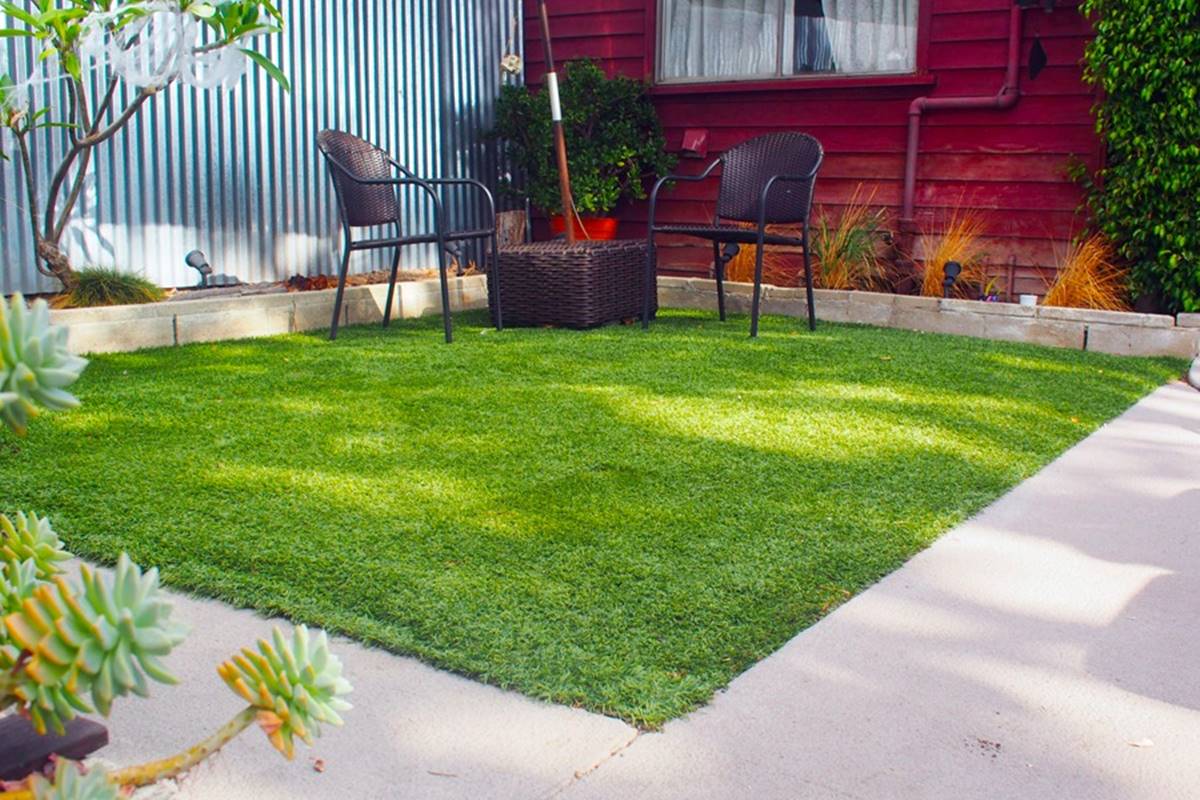
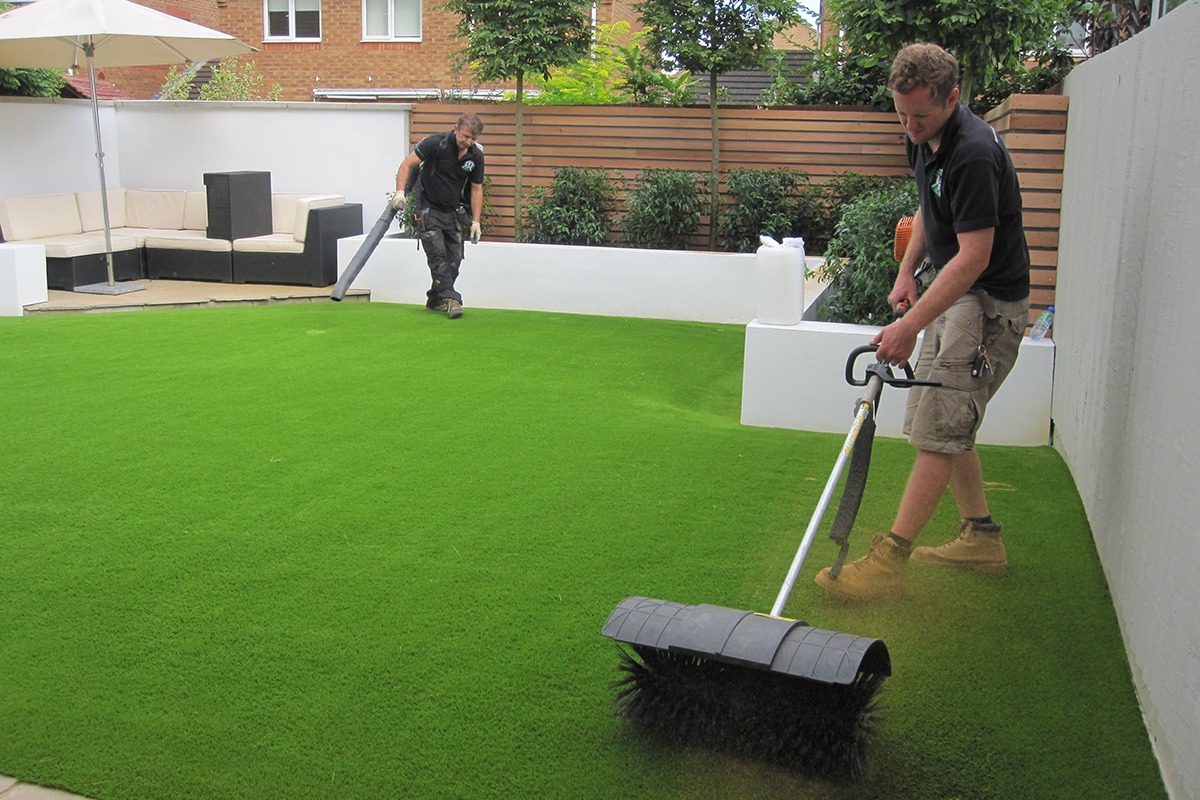
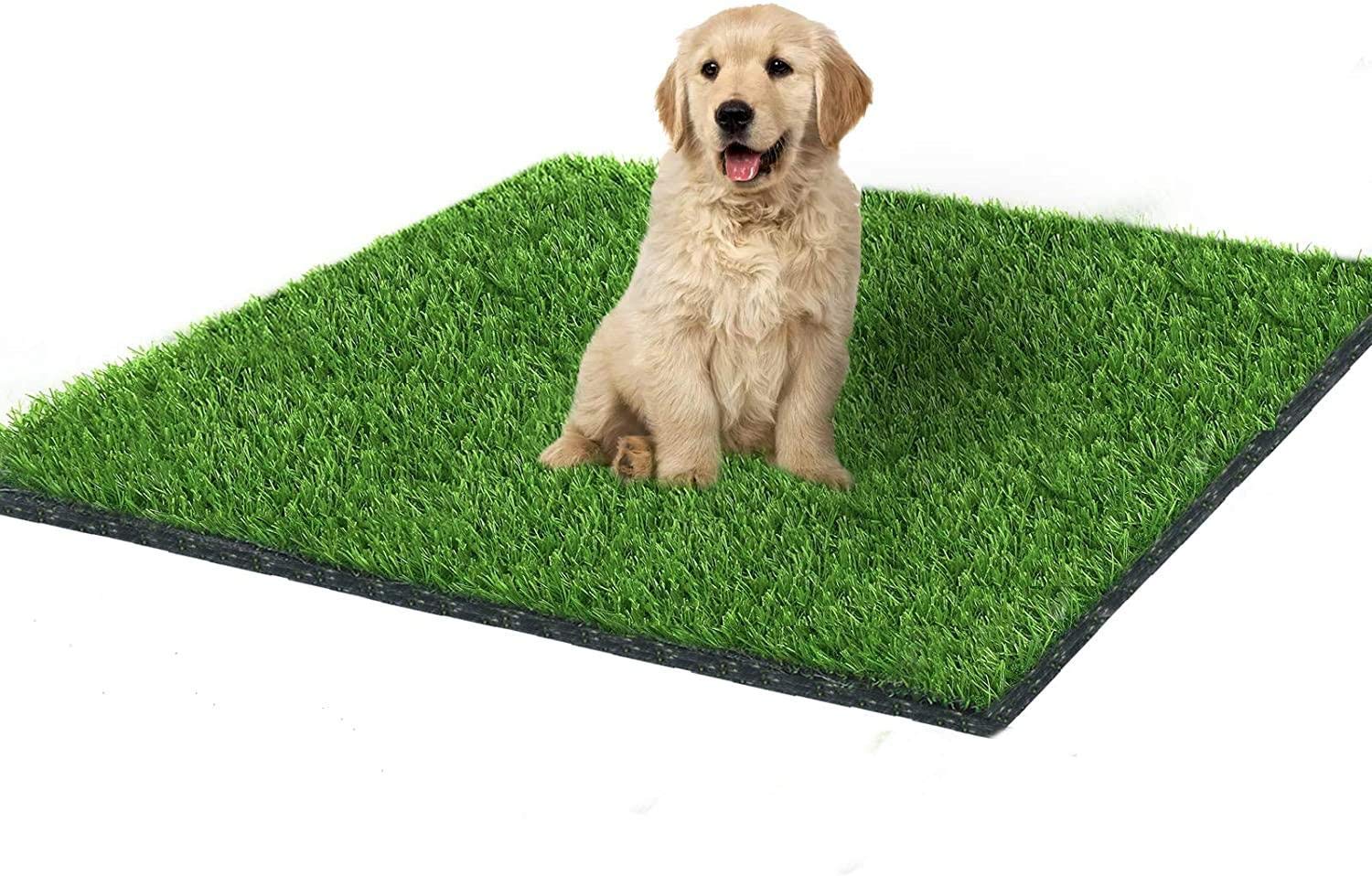
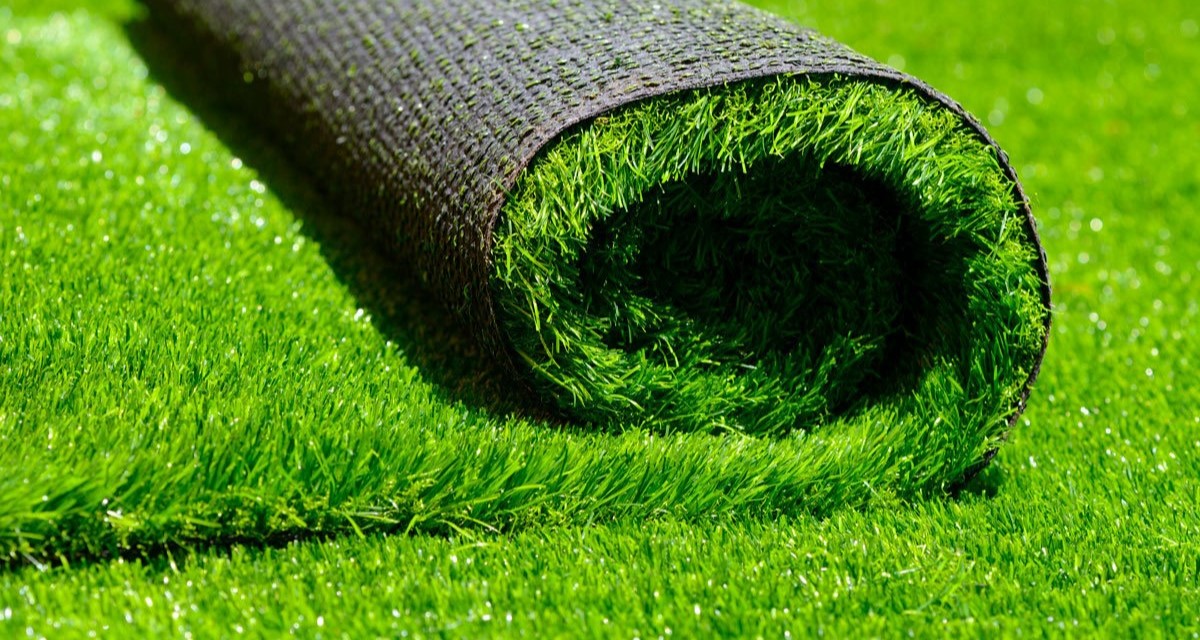
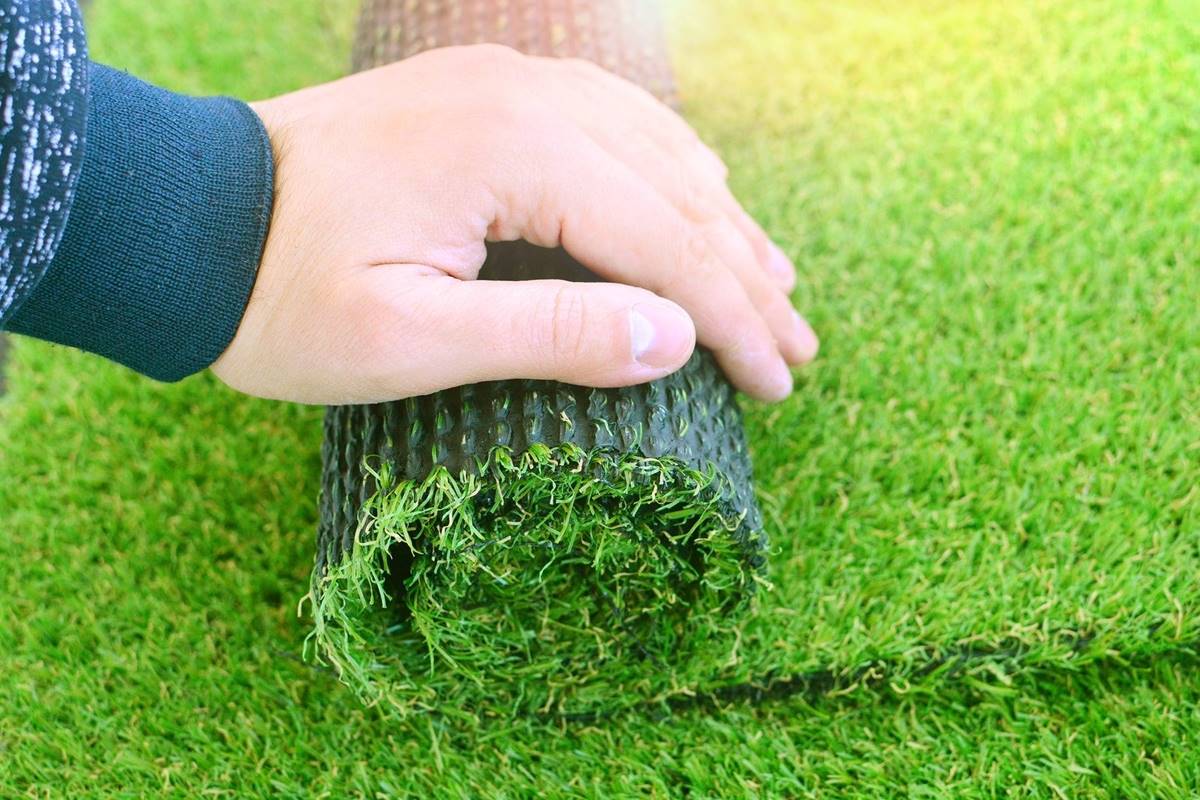
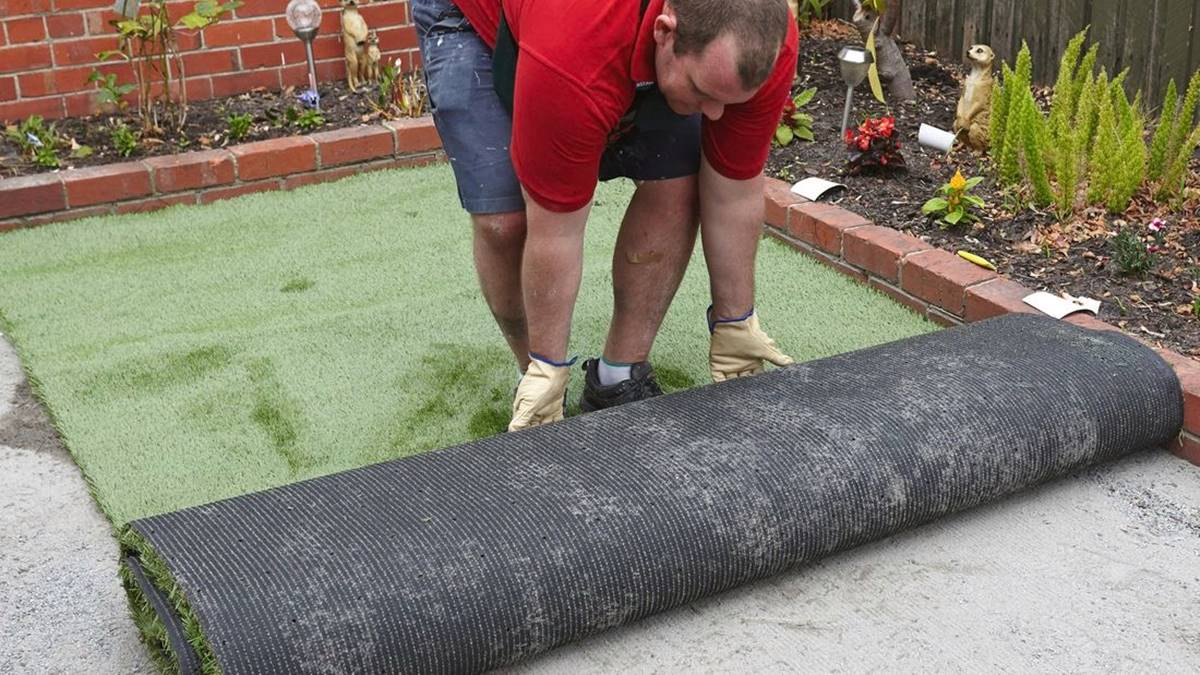
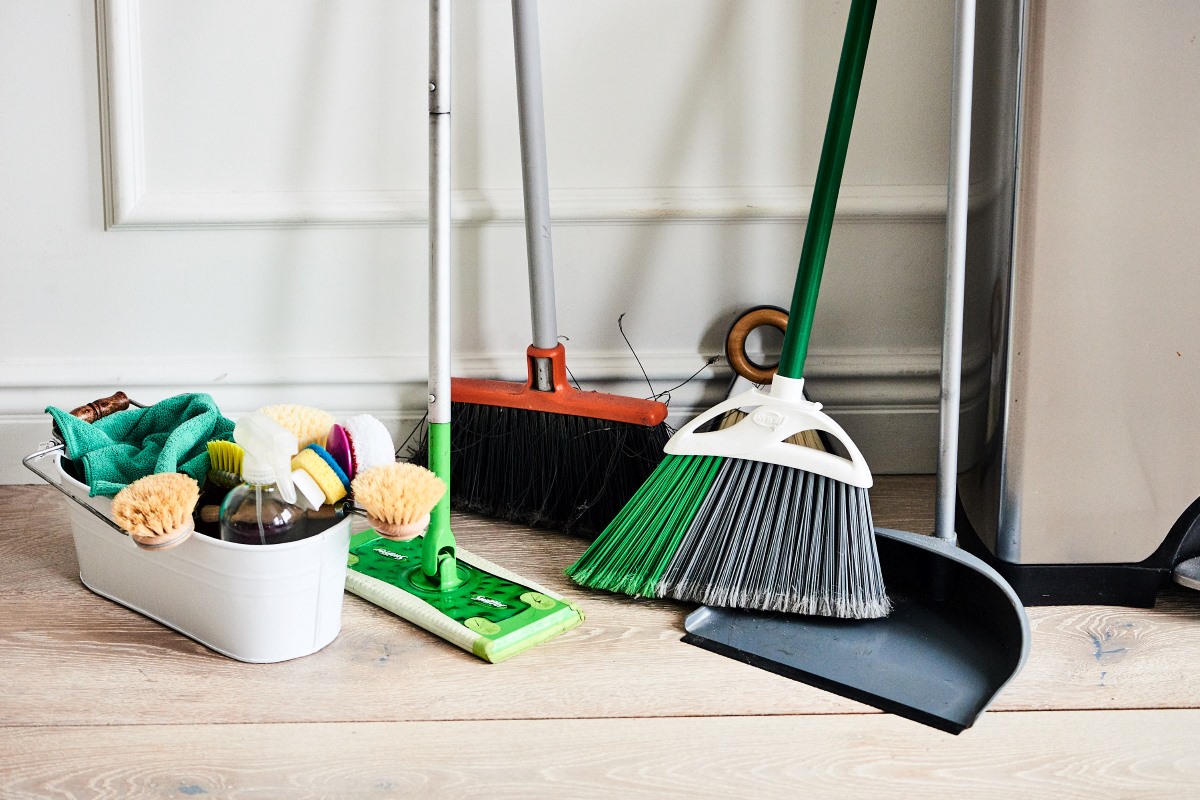
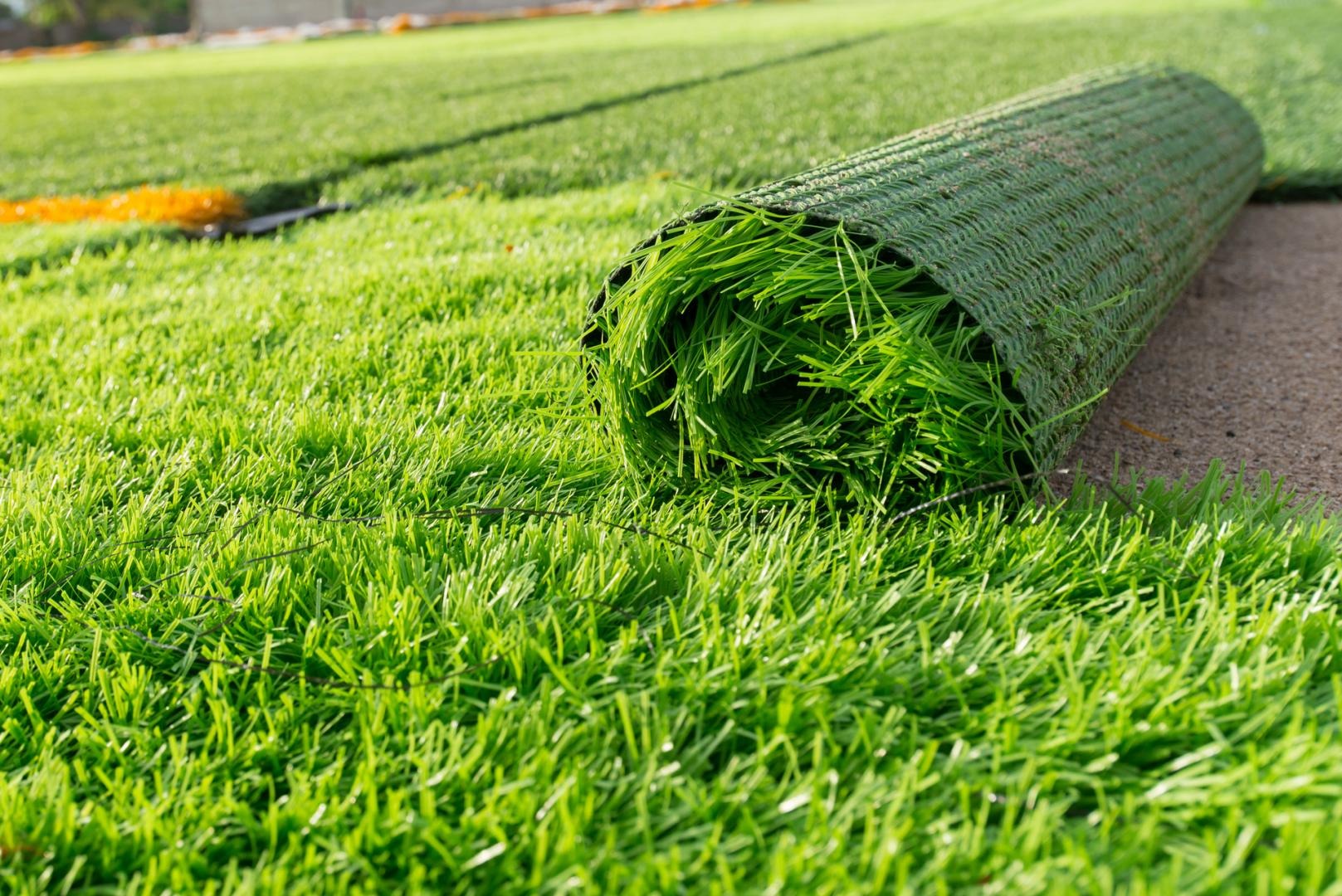
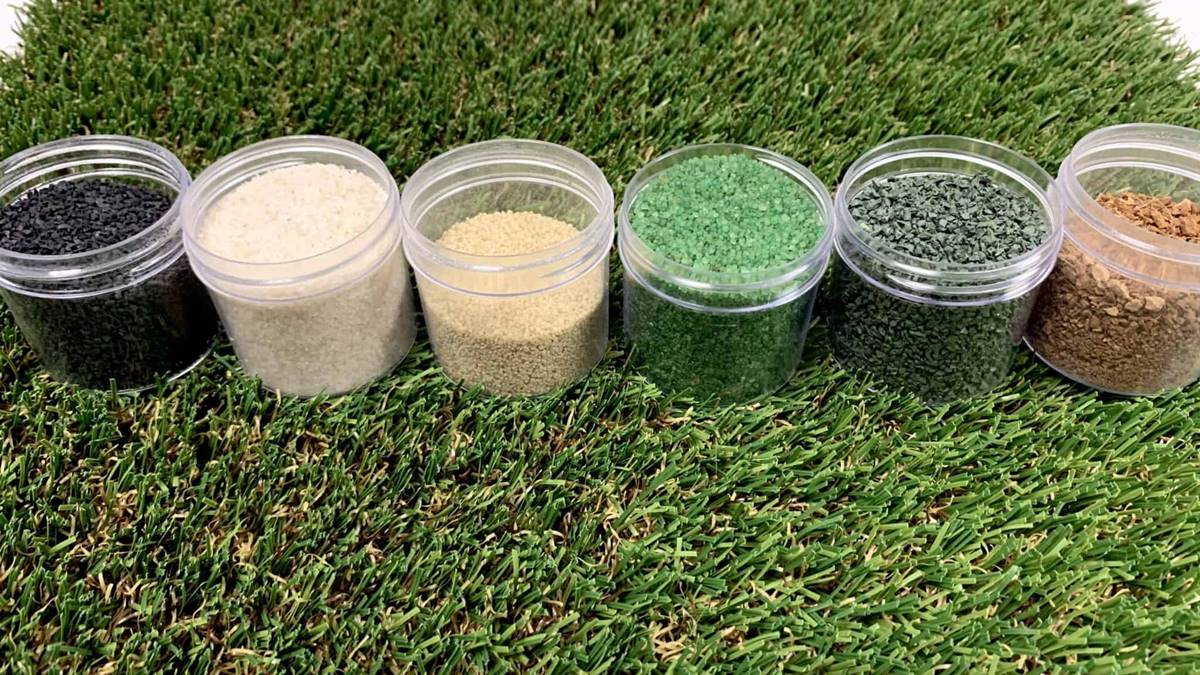
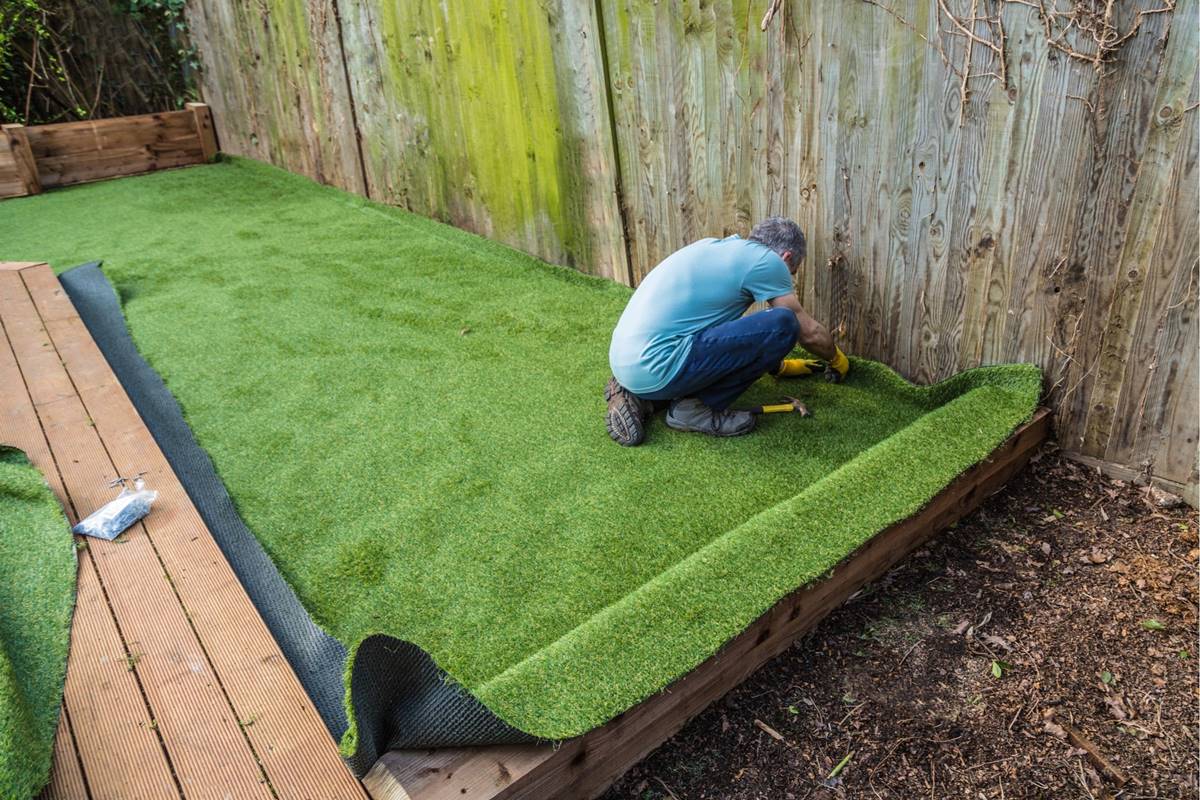
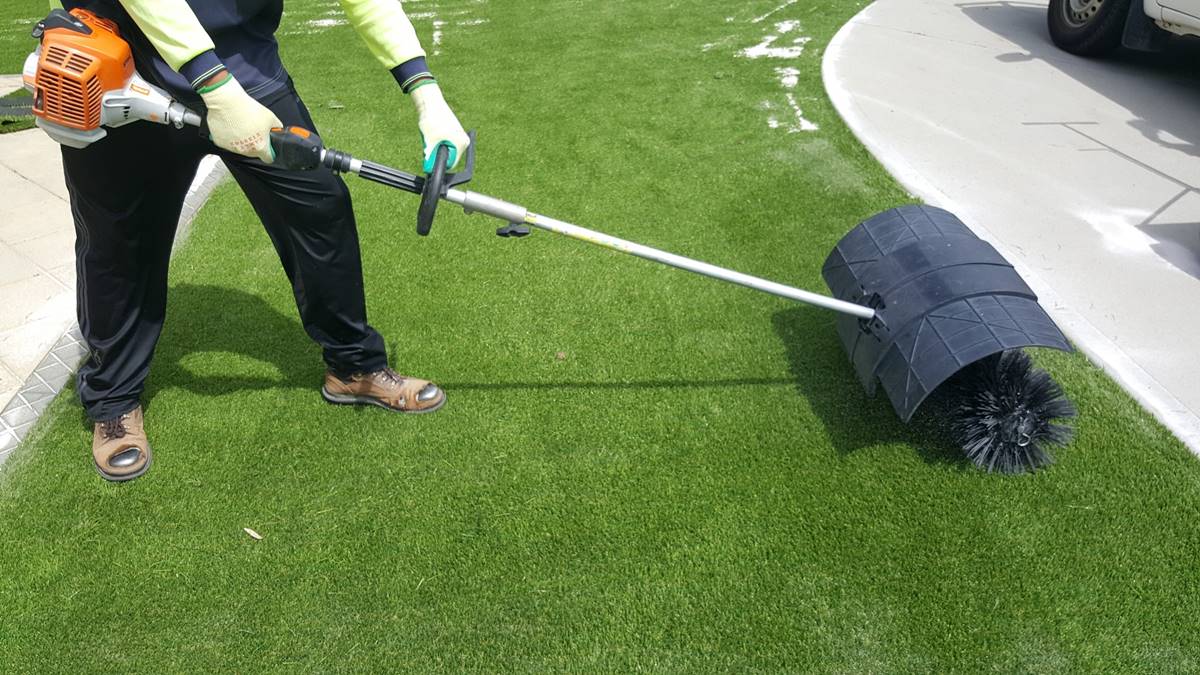
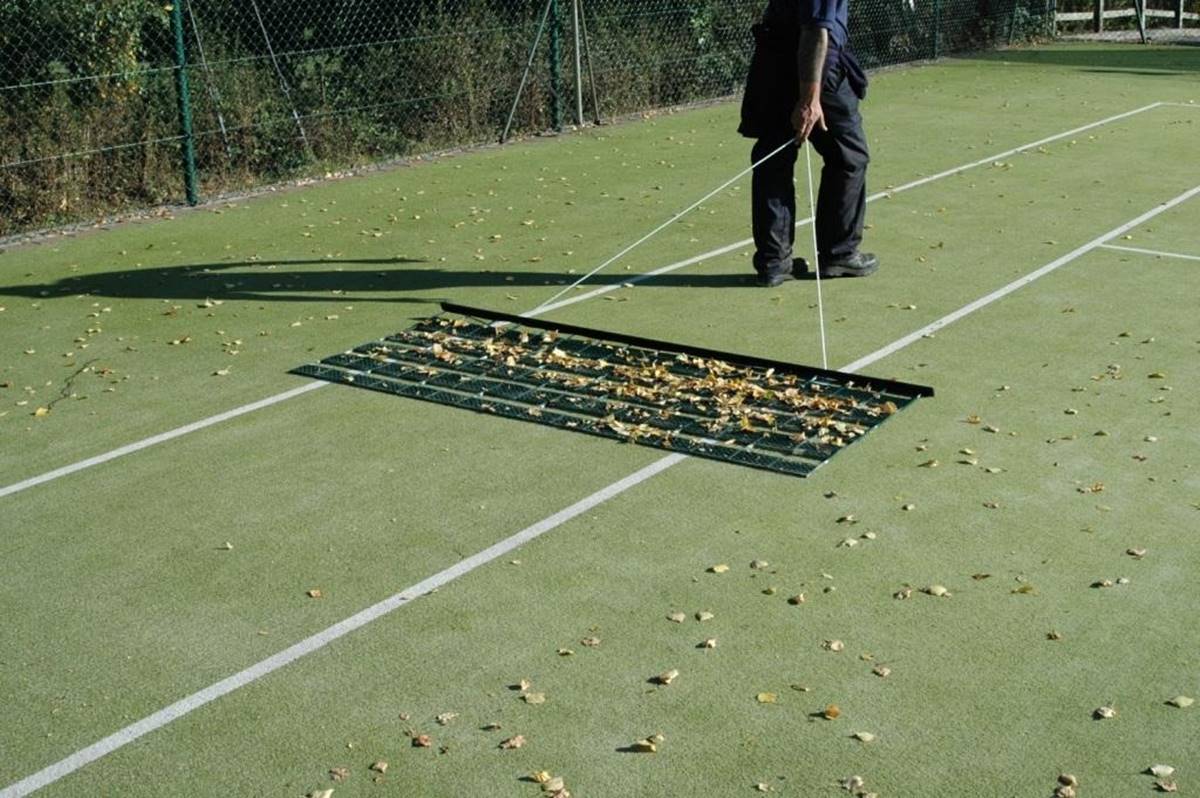


0 thoughts on “How To Power Broom Synthetic Grass”